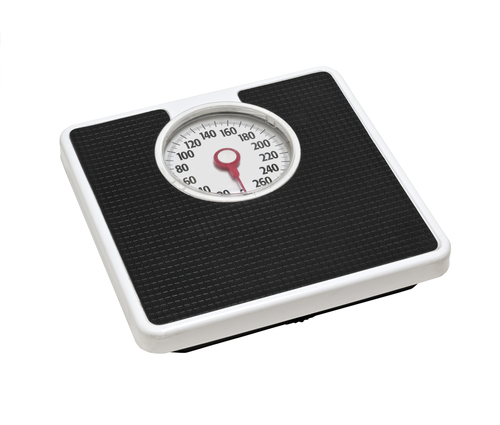This activity is about finding percentage change.
These may seem a bit tricky, but there is an easy formula that we can use to work them out.

Percentage change = (actual change ÷ original) x 100
Here's how it works!
The cost of an average loaf of bread was £1.06 a year ago. It is now £1.36.
Calculate the percentage increase in the cost of a loaf of bread.
We put our figures into the formula above:
Actual increase = £1.36 - £1.06 = 0.30
Percentage increase = 0.30 ÷ 1.06 x 100
Percentage increase = 0.28 x 100 = 28%
The cost of a loaf of bread has increased by 28%

We can use the same formula to work out a percentage decrease.
A computer game was priced at £15.49 last week. This week it has been reduced to £14.19.
What is the percentage decrease?
Put the figures into our formula.
Actual decrease = £15.49 - £14.19 = £1.30
Percentage decrease = £1.30 ÷ £15.49 x 100
Percentage decrease = 0.08 x 100 = 8%
There was a percentage decrease of 8%
.jpg)
Let's try it out in a couple of questions.
Example 1
A metal bar increases its length from 2 m to 2.01 m after heating.
Find the percentage increase in its length.
Actual increase = 2.01 - 2 = 0.01 m
Percentage increase = (actual increase ÷ original length) x 100 = (0.01 ÷ 2) x 100 = 0.5%
Example 2
A woman reduced her weight from 80 kg to 63 kg after dieting.
Find the percentage decrease in her weight.
Actual decrease = 80 - 63 = 17 kg.
Percentage decrease = (actual decrease ÷ original weight) x 100 = (17 ÷ 80) x 100 = 21.25%

Just remember the formula for percentage change = (actual change ÷ original) x 100
Let's try some questions now.







